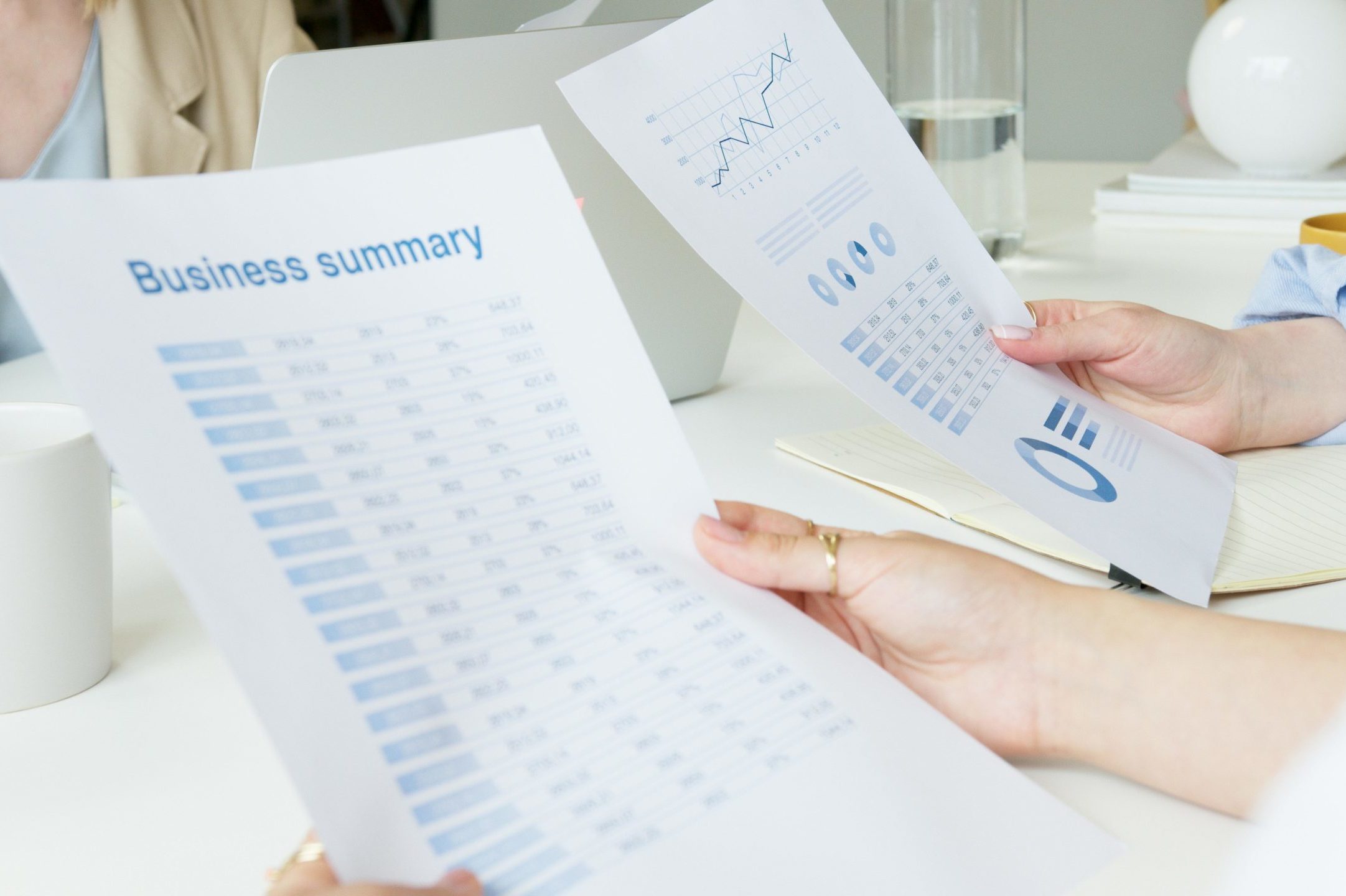You might hear them called Annual Accounts or Annual Report. Whatever you call them, it’s crucial that every business prepares them at the end of each financial year. This is one way you assess your financial health and figure out your taxable income.
What are financial statements?
Financial statements are a collection of reports which reflect your business profit, assets and liabilities. For small and medium businesses, they’re usually prepared once a year for tax purposes. If the business has been operating for more than one year, you’ll see a second column presenting the prior year’s figures (called comparatives) to easily see how the current year compared to the previous year.
What’s in the financial statements?
The important stuff
Profit and Loss Account (aka Income Statement or Statement of Income)
Most business owners are concerned only with the bottom line – taxable profit. However, the profit and loss account contains a wealth of other information if you know how to use it. This section of the financial statements lists the taxable income and summarising the tax-deductible expenses in as much detail as you like. Income less expenses is your taxable income.
Balance sheet (aka Statement of Financial Position)
Your business has assets and liabilities. If your liabilities are higher than assets, you have negative equity (think of a mortgage that’s higher than your home’s value), which is something you’ll need to address pretty smartly. Your assets and liabilities change from day to day, so it’s important to remember that the balance sheet shows the values only on a specific date, usually at the end of the financial year (31 March).
Depreciation schedule (aka Fixed Asset Schedule)
All of your fixed assets (motor vehicles, plant, office furniture, etc) are listed at their cost price. Any assets purchased or sold during the year are recorded, as well as the maximum amount of depreciation (deductible expense) allowed for tax purposes. After all of these movements, we’re left with the carrying (book) value of each asset. The carrying value is unlikely to represent market value. After all, it’s just an artificial amount based on Inland Revenue’s tax rules.
The guff
The rest of the financial statements are disclosed because of legal requirements. These disclosures include the movements in equity and the shareholder current account (where applicable) during the year, and the Notes to the Financial Statements which set out the rules used to prepare the financial statements.
Who uses the financial statements?
Lots of different people have an interest in the business’ financial statements. Of course, accountants need them when preparing an income tax return. But it’s also important for banks, who want to see if your business is profitable enough to repay loans and interest, and to check assets and liabilities to see if you may be over-extending yourself. Potential investors will use your financial statements to figure out how lucrative your business is.
Can I prepare financial statements more frequently?
Of course, and we strongly recommend it! The Profit and Loss Account is often generated monthly to keep track of costs and income more regularly. It’s a very useful management tool but only when transactions are entered correctly. Monthly reporting can compare actual figures to your expectations, and to the same information in previous periods, and at the same time in the previous year. Quick action can be taken if you see something amiss. Our advisors can work with you to figure out the type of information most suited to your needs and provide you with monthly reporting and analysis.
Your accounting system makes it easy to generate a Profit and Loss Account and Balance Sheet. With Xero, all you have to do is navigate to Accounting / Reports / Profit and Loss (or Balance Sheet). Enter the relevant dates and click Update. It’s that simple!
What’s most important?
Don’t make the mistake of thinking the Profit and Loss Account is the most important part of the financial statements just because it shows profit! A large profit could signify business is going well, but your Balance Sheet may show negative equity, which is a bad sign. Similarly, a high value of assets and liabilities with little profit indicates the assets are not being used efficiently, and your profits may not be sufficient to repay your debts. It’s only when the Profit and Loss Account and Balance Sheet are read together that you get a realistic overview of business operations.
Conclusion
So, that’s a quick overview of financial statements. The information and concepts may be new to those just starting out and that’s perfectly normal.
To help you a little further, we’ve created a listing of common accounting terms and what they mean. And of course, we’re always happy to answer your questions!



